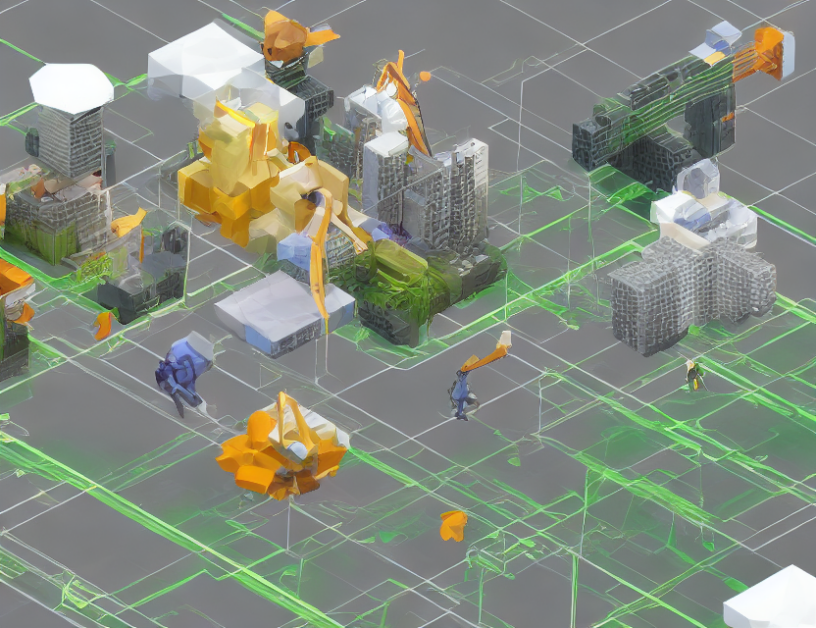In the world of artificial intelligence, multi-agent reinforcement learning (MARL) is a rapidly growing field that involves multiple agents working together to learn and make decisions in complex environments. However, as the number of agents increases, so does the complexity of the problem, making it challenging for the agents to learn efficiently. In this article, we will delve into the nuances of MARL and explore how efficient communication can help compensate for the learning deficiency caused by the increased complexity.
Introduction
Imagine a group of friends trying to navigate a maze together. Each friend has their own unique perspective and understanding of the maze, which can lead to confusion and delays when deciding which path to take next. This is similar to the challenge faced in MARL, where each agent must learn how to make decisions based on the observations and actions of other agents in the environment.
Assumptions
To simplify the problem, the article assumes that the reward function is linear and scalable, meaning that the reward value can be scaled up or down depending on the situation. This assumption allows the authors to focus on the communication aspect of MARL without getting bogged down by complex reward functions.
Communication
In MARL, communication plays a critical role in enabling agents to learn and make decisions effectively. The article introduces the concept of clique cover, which is a collection of cliques that can cover all vertices of a power graph. A clique is a set of agents that can communicate with each other directly, and the size of the clique represents the number of agents in the group. By dividing the agents into smaller groups or cliques, each clique can learn and make decisions independently while still being able to communicate with other cliques.
Neglecting Assumption 1
While assuming that all agents have access to the same information is convenient for simplifying the problem, it may not always be realistic in real-world scenarios. In some cases, agents may have different perspectives or observations of the environment, leading to conflicting information. Ignoring this assumption can result in agents learning suboptimal strategies or even diverging from each other.
Assumption 2
To address the issue of conflicting information, the article introduces Assumption 2, which states that agents can intentionally ignore the experienced visits of some "diligent" agents. This assumption allows agents to focus on their own learning and decision-making while still taking into account the observations of other agents in the environment.
Regret Bound
The article also introduces the concept of regret bound, which measures the difference between the expected reward of an agent and the optimal reward achieved by a perfect agent. By scaling the regret bound upward, the authors show that Assumption 3 can be used to unanimously scale the group regret bound, which does not affect learning the contributing impact from inter-agent communications.
Conclusion
In summary, MARL is a complex problem that involves multiple agents working together to learn and make decisions in a shared environment. Efficient communication is essential for compensating for the learning deficiency caused by the increased complexity. By dividing the agents into smaller groups or cliques, each clique can learn and make decisions independently while still being able to communicate with other cliques. However, ignoring Assumption 1 can lead to suboptimal strategies, and Assumption 2 allows agents to intentionally ignore the experienced visits of some "diligent" agents. By scaling the regret bound upward, Assumption 3 can be used to unanimously scale the group regret bound without affecting learning the contributing impact from inter-agent communications.



